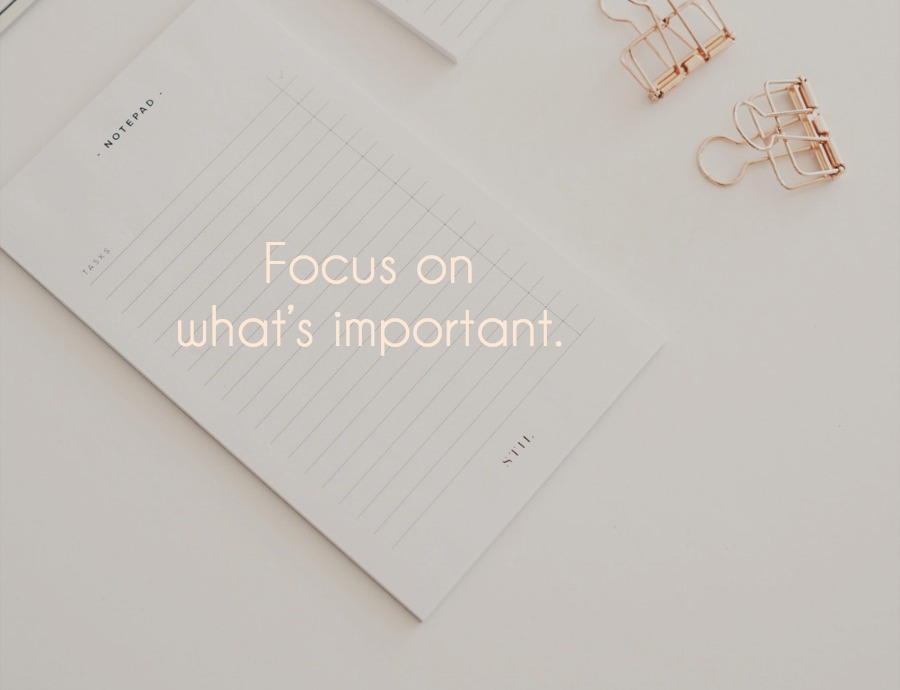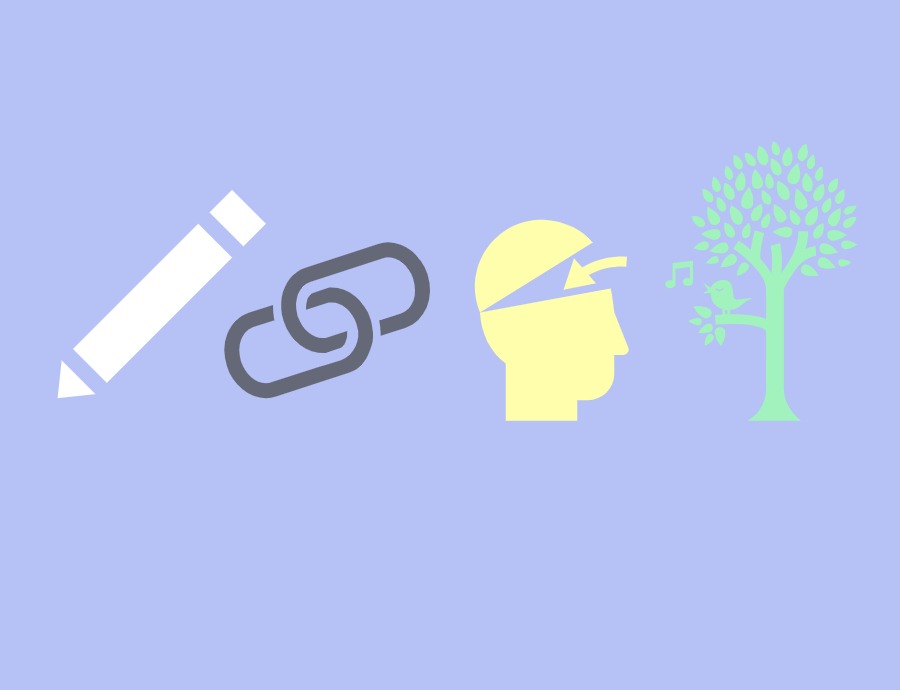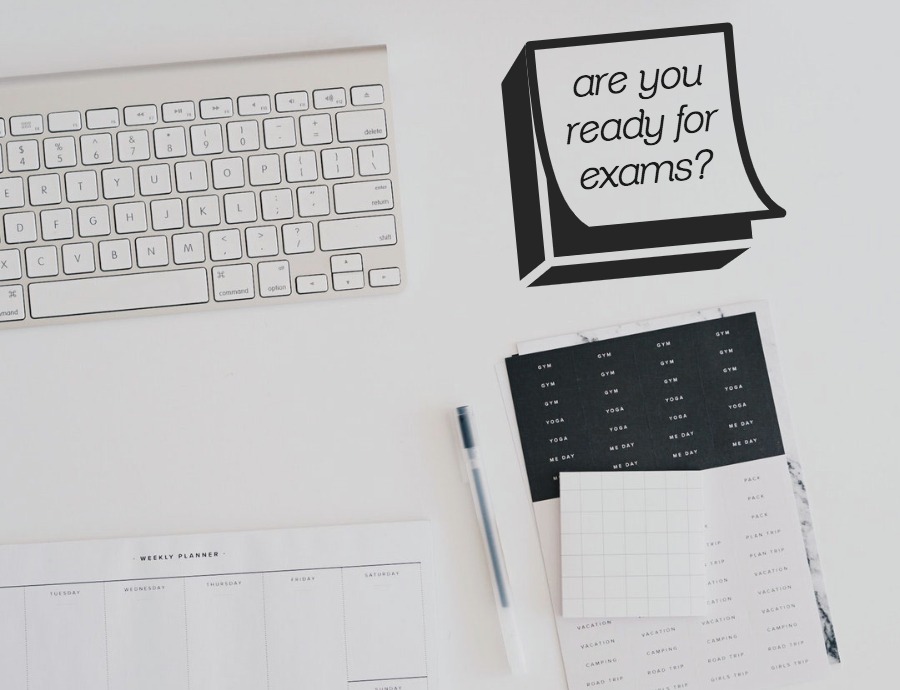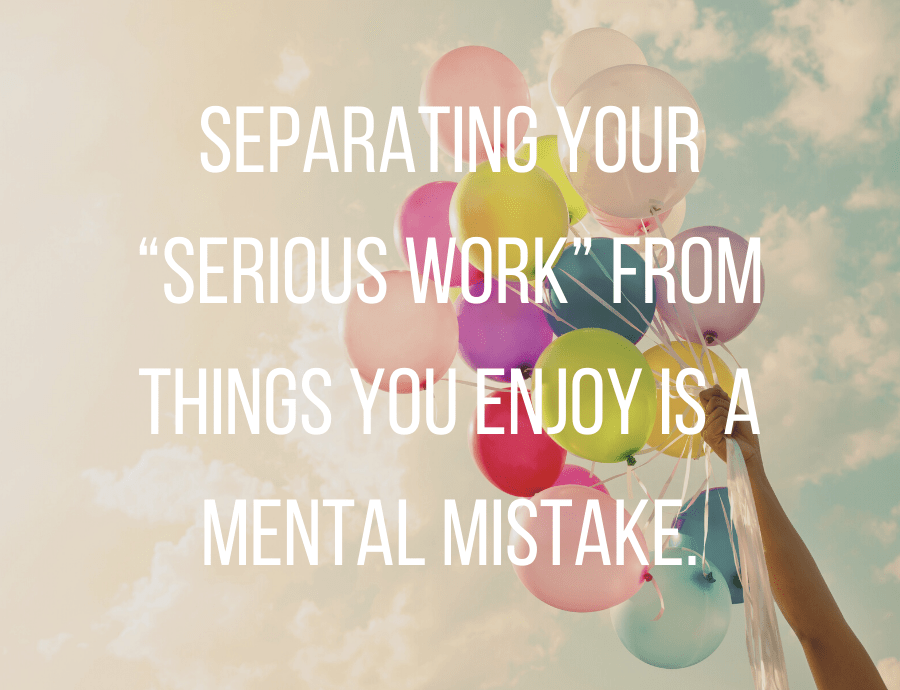You’ve been assigned an enormous amount of reading in every class. While sometimes it seems that just flipping through all the pages is enough, that highlighting can work in a pinch, in reality, you need to do a lot more work if you want to make the information you read useable. If you want to force yourself to pay attention to the information, to understand the concepts and commit them to long-term memory, then you need to take notes.
Of course, just writing every single thing that you read will slow down your reading and overwhelm you later, so focus on what’s important. Here are some tips that can help you know what to note.
To do well in a class, you need to really learn, and really understand, the material. That includes taking notes on lectures and readings. It also involves being meticulous and making sure you understand it all. Make sure that you ask for help when you need it
Of course, just writing every single thing that you read will slow down your reading and overwhelm you later, so focus on what’s important. Here are some tips that can help you know what to note.
- Skim through the reading first and get a sense of what’s most important. In this first pass through, you shouldn’t read much of the text itself. Focus instead on headings, subheadings, introductions and conclusions. You’ll get a sense of what’s important, and where you should concentrate your notes.
- Read closely. Next, read through the full text, keeping your brain active by thinking about the concepts, evaluating which ones are most important, and anticipating what comes next. Don’t highlight, but take notes as you go.
- Write notes in your own words. As you read through the text, quickly write down important information in your own words and sentence structure. Don’t slow yourself down by writing in neat, complete sentences. Jot down key words and phrases instead.
- Look for terms in bold. A cue that textbook information is important comes in type-face. Textbooks tend to bold important vocabulary and concepts, and often define them in the text that follows. Make sure that you write down all these concepts in your own words.
- Keep an eye out for words that signal importance. Focus on signal phrases such as “the most important part” or “the three basic reasons” or “the principle behind this…” The information that follows is almost always very important, and should be noted.
- Watch for repetition, and information restated in graphs or charts. Textbooks tend to hammer home important points by stating them several times, in several different ways. If you see a point written again, illustrated, or repeated in graphical form, then look more closely, and take note of it.
- Focus on examples that have been worked out for you. If a textbook takes the time to work out a problem for you, then it’s likely important. Take the time to really understand it. It’s not enough just to write it down. You need to work it through instead. First, read through the example. Then, copy it down line by line. Then try it on your own on a separate sheet of paper. As you work through the examples on your own, the method will make more sense to you.
- Keep track of questions. Write down all your questions as they occur to you. If you can answer the question on your own at the end of the reading, then go back and write in the answer. Otherwise, take the questions to classmates, TAs or professors.
To do well in a class, you need to really learn, and really understand, the material. That includes taking notes on lectures and readings. It also involves being meticulous and making sure you understand it all. Make sure that you ask for help when you need it







